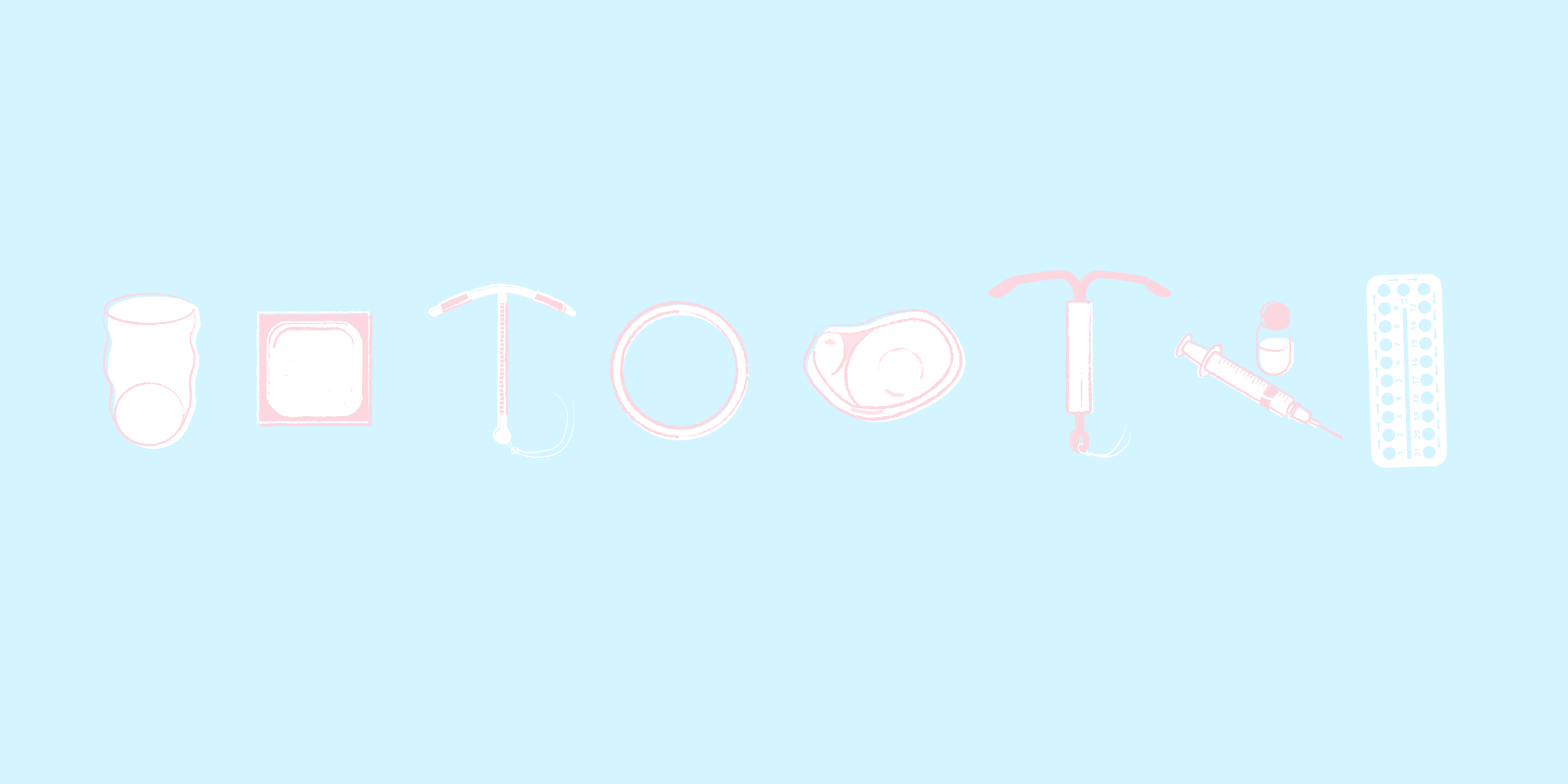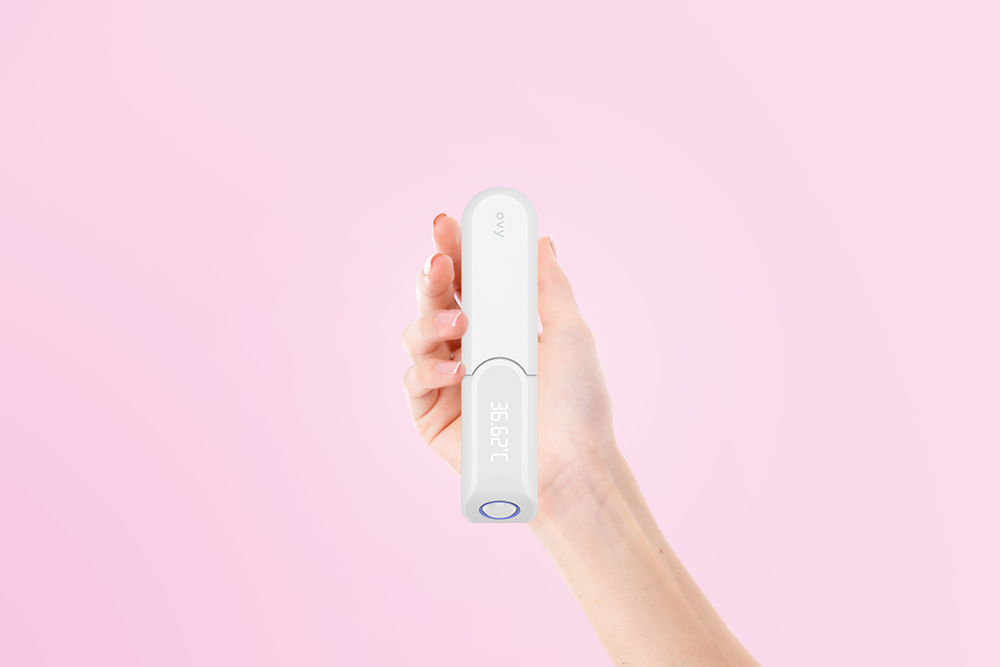Key Takeaways
- Social freezing offers women the opportunity to preserve their fertility and plan their family independently by freezing eggs at a young age and using them later.
- In this article, you will learn everything you need to know about the process, from preliminary examinations and hormone stimulation to egg retrieval and storage, as well as details on costs, the legal framework in Germany and the chances of success.
- Important considerations include freezing at the youngest possible age, the benefits of higher quality eggs, possible risks and costs, as well as the ethical discussions surrounding social freezing.
Are you considering keeping the option open to have children later but not ready to commit yet? The process of social freezing gives you the chance to extend your fertile years and plan your family independently. This modern fertility preservation method allows you to freeze your eggs at a younger age for potential future use.
This article details each step of the social freezing process—from initial assessments and stimulation treatments to egg retrieval and storage. You’ll also find a comprehensive overview of the costs, legal considerations in Germany, and expected success rates. Additionally, we address key questions about ovarian reserve and egg quality so you can make an informed decision.
What is Social Freezing?
Definition and Concept
Social freezing refers to the elective freezing of your eggs for non-medical reasons. This method enables you to safeguard your fertility and fulfill your desire to have children later on. Using modern vitrification (ultra-fast freezing), eggs can be thawed with a survival rate of about 88%.
Reasons for Social Freezing
The most common reason for social freezing isn’t career planning, as often assumed. In fact, 88% of women state that not having found the right partner yet is their main reason, while only 24% mention career-related motivations. Fertility already begins to decline at age 30, with a sharp drop after 35. By age 40, the chance of conceiving naturally per cycle is only around 5%.
Pros and Cons
Advantages:
- Preserves fertility with younger, higher-quality eggs
- Reduces risk of chromosomal abnormalities compared to later natural pregnancies
- About 74% fertilization rate for thawed eggs
Disadvantages:
The high costs, approximately €3,000 to €4,000 for the basic treatment, are a notable drawback. Success rates are strongly influenced by the age at egg retrieval: for a 30-year-old, every second or third egg is viable, whereas for a 40-year-old, only every fifth or sixth egg is. Experts recommend freezing at least 20 eggs to optimize chances for a successful pregnancy.
The Social Freezing Process
The journey to frozen eggs involves several key steps. Here is an outline of the social freezing process from the initial consultation to storage.
Consultation and Preliminary Tests
Your social freezing journey begins with an extensive consultation at a fertility center. This session includes a discussion of your personal situation and the treatment plan. Preliminary tests include a blood test to measure hormone levels and an ultrasound to evaluate ovarian reserve.
Hormonal Stimulation
The stimulation phase lasts about 10-12 days, starting on the second or third day of your period. During this time:
- Daily hormone doses stimulate egg maturation
- 2-3 check-ups are performed, lasting around 15 minutes each
- Ultrasound monitors egg growth
- The ideal time for retrieval is determined
Egg Retrieval
Egg retrieval takes place around 36 hours after the final hormone dose. This outpatient procedure is performed under light anesthesia and takes about 20 minutes. A fine needle is used to collect eggs from the ovaries through the vaginal wall.
Vitrification of Eggs
In the lab, your eggs are carefully examined for quality. Depending on your age, 10 to 20 eggs may be retrieved. Using advanced vitrification at -196°C, eggs are flash-frozen with a 95% survival rate upon thawing.
Storage and Future Use
Your vitrified eggs are stored in special cryogenic containers under high-security conditions. Studies show that storage times of up to 30 years do not impact egg quality. When you’re ready to conceive, the eggs can be thawed and fertilized using the ICSI method.
Medical and Ethical Aspects
Before deciding on social freezing, it’s important to understand the medical aspects and ethical considerations. Here are key facts about the safety and success of the treatment.
Health Risks
The hormone treatment for social freezing can have various side effects. The most common include:
- Hot flashes and dizziness
- Vision problems and nausea
- Rarely (under 0.5%), ovarian hyperstimulation syndrome
- About 0.7% risk of complications during egg retrieval
In later pregnancies after age 40, the risk of complications increases significantly, particularly after age 45.
Success Rates
Your chances of success largely depend on your age at egg retrieval. With 20 frozen eggs, the following probabilities of at least one live birth apply:
- At age 34: 90% success rate
- At age 37: 75% success rate
- At age 42: 37% success rate
The survival rate of thawed eggs is 80-90%, with a fertilization rate of about 60-70%.
Ethical Considerations
The ethical debate around social freezing is multifaceted. Critics argue that societal pressure may push young women toward "egg preservation" as a precaution. Additionally, there’s concern that the procedure is accessible only to more privileged women due to its high costs.
An important ethical issue is age: a 55-year-old mother is five times more likely to pass away before her child reaches puberty than a 35-year-old. However, with increasing life expectancy and better health in later years, the energy for parenting may last longer.
Costs and Legal Framework
Financial planning is a crucial aspect of your decision to undergo social freezing. Here are all the details on costs and the legal framework.
Procedure Costs
The basic treatment for social freezing costs between €4,000 and €9,000, composed as follows:
| Step | Approximate Costs |
|---|---|
| Initial Tests & Consultation | €1,000 |
| Hormonal Stimulation | €1,000 |
| Egg Retrieval & Freezing | €2,500-€4,000 |
| Annual Storage Costs | €300-€500 |
For later artificial fertilization using ICSI, each attempt costs an additional €2,000. Since multiple cycles are often required, total costs can range from €10,000 to €20,000.
Legal Regulations in Germany
In Germany, social freezing is legally allowed without stringent restrictions. Important legal aspects include:
- Cryopreservation of unfertilized eggs is allowed without an age limit
- No legal maximum age for future fertilization
- Eggs may only be used for personal use
- Egg donation is prohibited in Germany
Comparison with Other Countries
Costs and regulations vary greatly across Europe. In the Czech Republic and Greece, freezing eggs costs around €1,500, while in Spain it’s about €2,300. Storage costs range from €100-€300 per year in most EU countries.
In Austria, social freezing is only permitted for medical reasons. Switzerland allows the procedure but limits storage time to a maximum of 10 years (5 years with a single extension option).
Public health insurance only covers costs in exceptional cases, such as for cancer patients before chemotherapy. The following requirements apply:
- You must be under 40 years old
- Treatment must have started before July 1, 2021
Conclusion
Social freezing offers a scientifically backed option to plan your family on your own terms. The success rates are highly dependent on the age at egg retrieval, so an early decision can significantly improve your chances. With state-of-the-art freezing techniques and professional medical care, you can preserve your fertility for a future time, although the procedure involves considerable costs.
The decision to undergo social freezing should be made after careful consideration of all medical, financial, and ethical aspects. Your personal circumstances and future goals are central to this choice. With the right timing and realistic expectations, social freezing can help fulfill your future family plans and provide valuable time for major life decisions.
References & Literature
- Bayerisches Oberstes Landesgericht: Urteil zur Strafbarkeit des Auftauens von kryokonservierten 2-PN-Zellen zum Zweck der Herbeiführung der Schwangerschaft einer Frau, von der die Eizelle nicht stammt (3/2020), unter: www.justiz.bayern.de
- Bundesamt für Gesundheit (BAG): Umgang mit Embryonen nach In-vitro-Fertilisation, unter: www.bag.admin.ch
- Bundesamt für Justiz: Gesetz zum Schutz von Embryonen (Embryonenschutzgesetz - ESchG), unter: www.gesetze-im-internet.de
- Frank Nawroth, F.: Social Freezing: Kryokonservierung unbefruchteter Eizellen aus nicht-medizinischen Indikationen, Springer Verlag, 2015
- Gnoth, C. & Mallmann, P.: Perikozeptionelle Frauenheilkunde, Springer Verlag, 2014
- Goldman et al.: Predicting the likelihood of live birth for elective oocyte cryopreservation: a counseling tool for physicians and patients. Hum Reprod. 2017 Apr 1;32(4):853-859, unter: https://academic.oup.com/
- Hodes-Wertzet al., Fertility & Sterility (2013)
- IKK Classic, Kinderwunschstudie (2019)
- Petropanagos, A. et al.: "Social egg freezing: risk, benefits and other considerations" in: CMAJ. 2015 187(9):666–669
- Schweizerischen Eidgenossenschaft: Bundesgesetz über die medizinisch unterstützte Fortpflanzung (Fortpflanzungsmedizingesetz, FMedG), unter: www.fedlex.admin.ch
- Swiss Medical Forum: Social Egg Freezing, unter: https://medicalforum.ch/
- Von Wolf, M. & Stute, P.: Gynäkologische Endokrinologie und Reproduktionsmedizin, Schattauer Verlag, 2013





